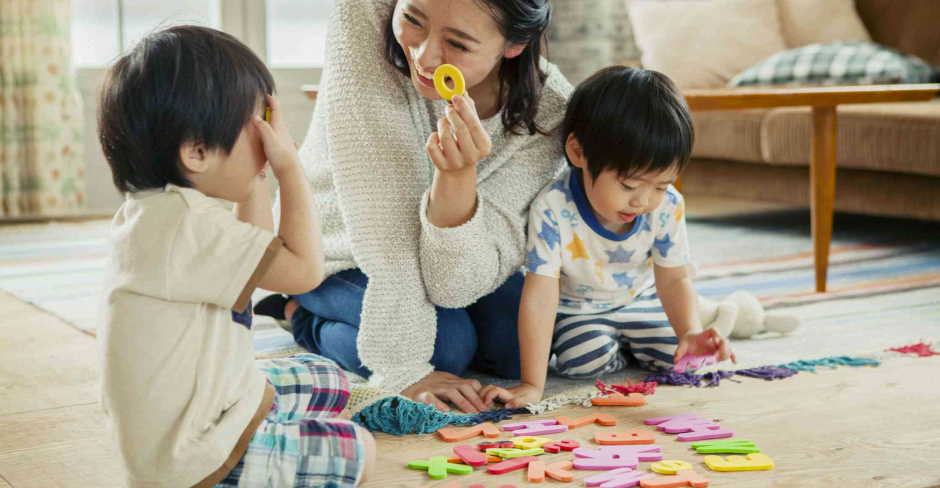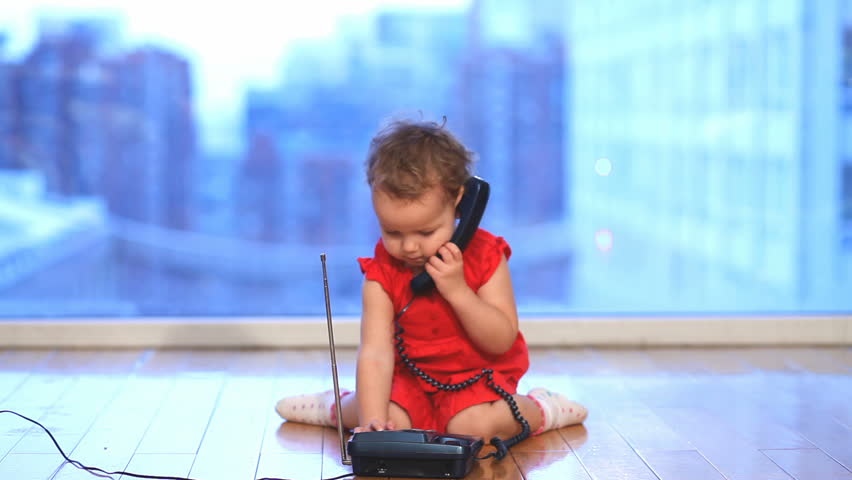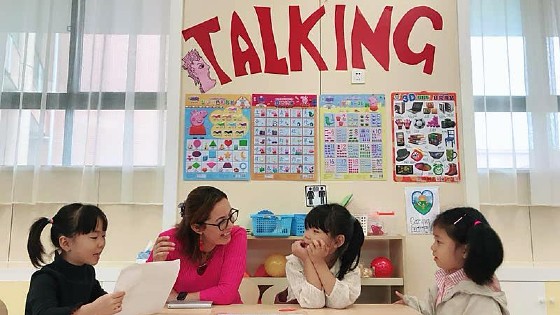
How To Teach A Child Pronunciation

Using the phone attracts most children to catch the phone and talk through it, this positive feature can be exploited in the instruction of the child pronunciation by pushing him to answer the incoming calls and make a chat when a family member or friend calls, at first the child can be trained to say hello by using visual signals to him, then help him understand The caller’s words by translating the conversation to him and pushing him by giving him the right answer so that he does not feel frustrated, taking into account the prior agreement with the caller to use some simple questions to cooperate together in the child’s speech, and can be encouraged to start the dialogue through motivational sentences, such as can you tell your grandmother what you did today?.

Constant talking to the child can be known from birth to recognize the voice of the parents and respond to them, so the father and mother can focus on continuous speech and the issuance of different tones on the child’s hearing and attention to showing facial expressions in front of him, as the child usually watches it to learn from it and that will encourage the development of Speaking is done over time, where parents notice that he learns to speak gradually until he reaches the normal age of speech, for example at the age of 6 months he can repeat some random passages like Dada, and when he is 9 months old he can understand the expressions related to goodbye and add hand movements that indicate this meaning as well.

Using a speech game can ask several questions to the child and play with him through it, for example the next question can be asked during play where did the dog disappear? Other things that can be directed to the child, in order to help him to learn different patterns of speech, and to focus on teaching him the difference between wondering and asking and directing it, such as do not touch, where by repeating these attitudes can encourage him to speak and acquire different language.
